Unmasking Fake GST Invoices : How to spot a fake GST bill or invoice, how to report one, and advice on preventing fraud.
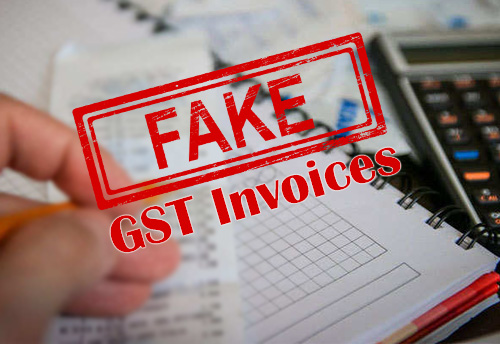
Overview of fake GST bill
Unmasking Fake GST Bill : The goal of GST officials has been to prevent GST fraud for a while now. The majority of GST fraud in the nation, according to the GST Council, is committed using fictitious invoice bills. In order to streamline the nation’s tax structure, the Goods and Services Tax (GST) was introduced in 2017. It eliminated numerous indirect taxes, such as service tax and VAT. Every registered business must provide an invoice with a valid GSTIN that breaks down the amounts of Integrated GST, State GST, and State GST under the GST law. But as with any new system, fraudsters have begun to take advantage of the GST system in large numbers.
For the officials, tax evasion has become a major problem with fake GST billing statement. Notably, these widespread instances of fraud involving fictitious GST bill can cause significant problems for small companies and their clients because they enable thieves to embezzle money paid by clients under the guise of paying taxes. Exist. According to the Union Finance Ministry, con artists create a false GST bill in order to deceive retailers and clients, even in the absence of goods or services being supplied or GST being paid. Generally, this is done to avoid paying taxes, convert input tax credits into cash, make fraudulent purchases, or launder money.
ALSO READ : Indian Railway Hiring For 1832 Apprentice Positions : Check Out All Exciting Details Here
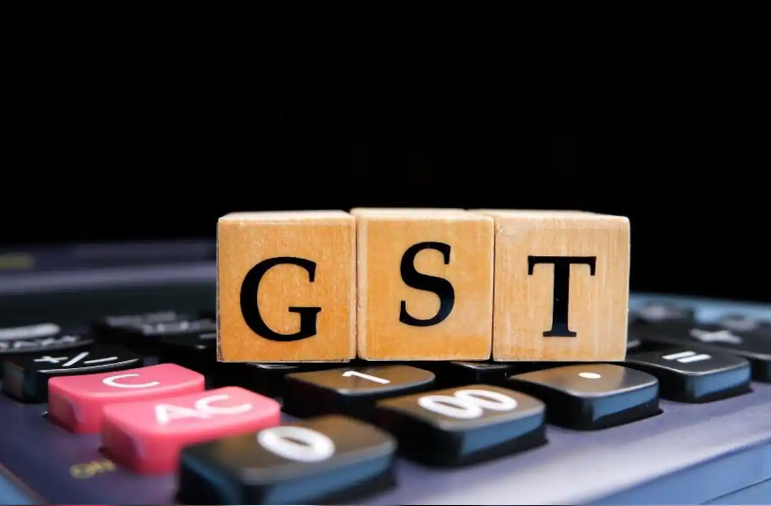
Introduction
GST Tax has revolutionized the Indian taxation system, streamlining the process and bringing transparency to the financial landscape. However, with the benefits of GST come the challenges of dealing with fake GST invoices. Unscrupulous individuals and entities often engage in creating counterfeit invoices to deceive businesses and the tax authorities. GST full form is “Goods and Services Tax”.
Identification of fake GST bill
Identifying a fake GST invoice or bill involves several key steps, each designed to ensure the authenticity of the transaction. Here’s a comprehensive guide on recognizing counterfeit invoices:
GSTIN Verification:
- Visit the Official GST Portal: To verify the legitimacy of a GST invoice, start by checking the Goods and Services Tax Identification Number (GSTIN) on the official GST portal: https://www.gst.gov.in/.
- Navigate to ‘Search Taxpayer’: On the homepage of the GST portal, select ‘Search Taxpayer.’ This option allows you to cross-verify the GSTIN number provided in the challan.
- Confirmation of Genuine GSTIN: If the GSTIN is legitimate, the official website will provide detailed information about the registered entity, confirming the authenticity of the invoice.
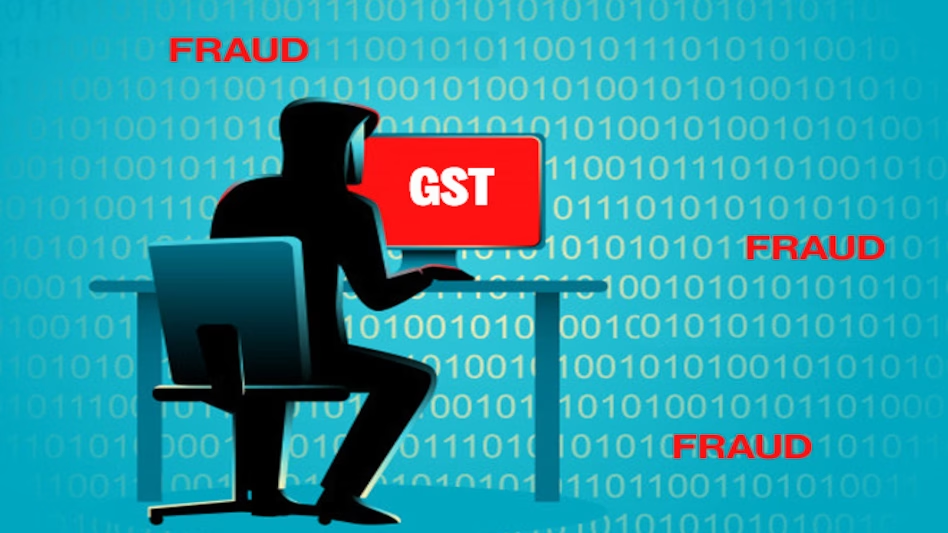
GSTIN Format Understanding:
Understanding the structure of the 15-digit GSTIN number can be a powerful tool in identifying fake GST bills. Here’s a breakdown:
- State Code (First Two Digits): The initial two digits of the GSTIN signify the state code where the business is registered.
- PAN Number (Next 10 Digits): Following the state code, the next ten digits represent the Permanent Account Number (PAN) of the seller or supplier.
- Unit Number (13th Digit): The 13th digit corresponds to the unit number of the same PAN holder.
- ‘Z’ (14th Digit): The 14th digit is consistently the letter ‘Z.’
- ‘Checksum Digit’ (15th Digit): The final digit is a ‘checksum digit,’ calculated to ensure the integrity of the entire GSTIN.
By comprehending the structure of the GSTIN, businesses can easily identify anomalies in the provided number, helping them pinpoint fake invoices and avoid potential fraud.
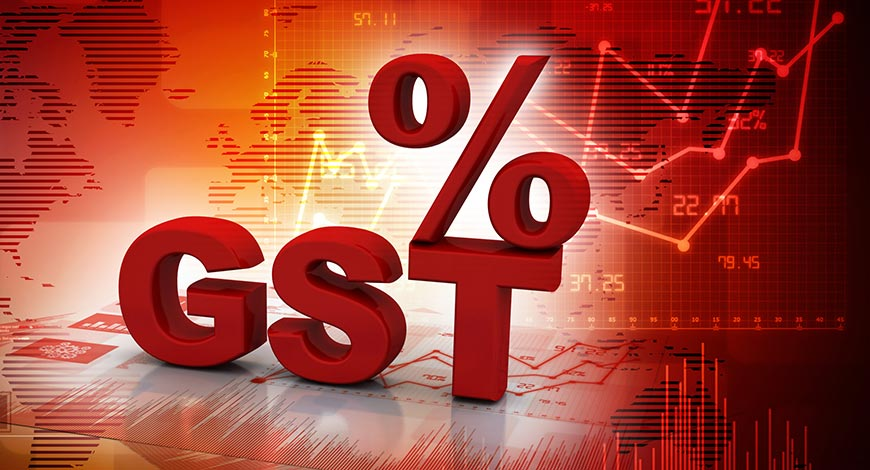
Method for reporting a false GST invoice
To report instances of fake GST invoices, various channels are available to ensure swift and effective action:
- Official GST Portal: Visit the official GST portal, where you can register your complaint through the ‘CBEC Mitra Helpdesk’ and utilize the ‘Raise Web Ticket’ feature. This platform is designed to address grievances related to fraudulent activities promptly.
- Email Communication: For a direct and formal approach, send an email detailing the fraudulent GST invoice to cbecmitra.helpdesk@icegate.gov.in. This email address serves as a dedicated channel for reporting such incidents and ensures that your complaint is directed to the relevant authorities.
- Twitter Outreach: Engage with the concerned authority through the official Twitter handle of GST. By reaching out via social media, you can bring attention to the issue and connect with the appropriate channels responsible for investigating and addressing cases of fake GST invoices.

Utilizing these reporting mechanisms not only contributes to combating fraudulent activities but also facilitates a streamlined process for authorities to take corrective action. Remember to provide comprehensive details, including the nature of the issue, relevant invoice information, and any supporting documentation, to enhance the effectiveness of your report. Through these official channels, you play a vital role in upholding the integrity of the GST system and protecting businesses from the detrimental effects of fake invoices.
Conclusion
The prevalence of fake GST invoices poses a significant threat to businesses and the integrity of the taxation system. By being vigilant and conducting thorough checks on key elements such as GSTIN, invoice numbers, dates, HSN and SAC codes, invoice values, supplier details, and authenticity of signatures and seals, businesses can safeguard themselves from falling prey to fraudulent activities. Staying informed and adopting best practices in invoice verification is essential for maintaining the credibility of the GST system and protecting your business from financial and legal repercussions.
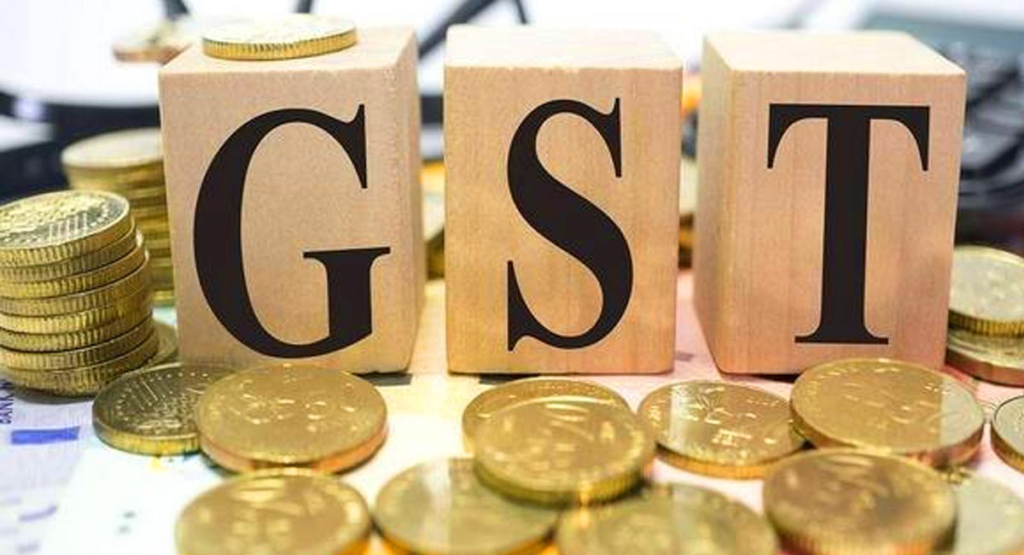
To explore more news : Click Here
ALSO READ : Georgetown University Momentous Occasion : The 1st US Campus Of Georgetown University Will Open In Indonesia



































